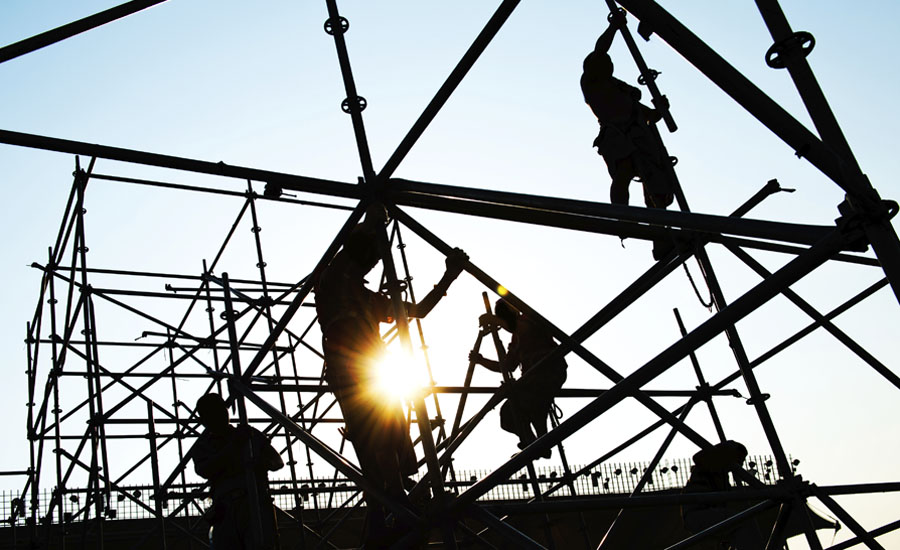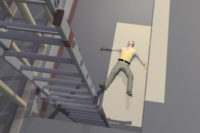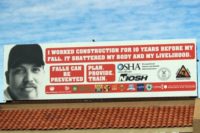Fall protection on residential construction sites has long been the subject of controversy, according to Pete Stafford, Executive Director of the Center for Construction Research and Training (CPWR). “Some residential construction firms have argued that that the wood frames and trusses common in homebuilding aren't suitable to safely anchor personal fall arrest systems (PFAS),” says Stafford. An additional objection: adapting the structures to make them suitable would be prohibitively expensive, requiring special engineering services.
“Jeremy Bethancourt and Mark Cannon, supported by CPWR, have completed a study that should help workers and contractors breathe easier,” said Stafford. “Examining more than a dozen case files covering falls and near misses at a Southwestern U.S. frame carpentry firm - one that has been employing fall protection for years - they documented how in each case the PFAS had worked as intended and either averted a fall in the first place or arrested the fall, preventing a serious injury.”
The authors conclude that today many fall arrest devices are designed to stop a falling worker with less sudden force applied to the worker's body or the anchor point, making it possible to safely tie off to a typical wood-framed structure.
“It's eminently possible for homebuilders to comply with OSHA standards, and save lives, without expensive custom engineering,” said Stafford.
View the study at: Fall Protection: Structural Efficacy of Residential Structures for Fall Protection Systems in the May 2015 edition of Professional Safety.
Additional resources about fall safety:
- The Fall Protection Resource for New Home Construction, an online inventory of fall protection devices suited to residential construction work
- www.StopConstructionFalls.com, the online home of the Campaign to Prevent Falls in Construction
- Construction Solutions, CPWR's repository of solutions to common construction hazards such as falls from height
- Recent CPWR-supported studies on falls and fall safety by a GWU research team and the CPWR's Data Center



